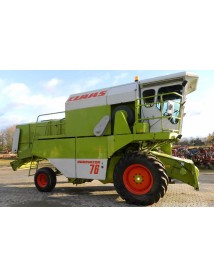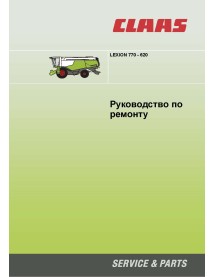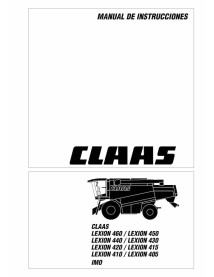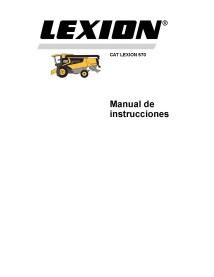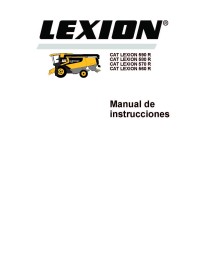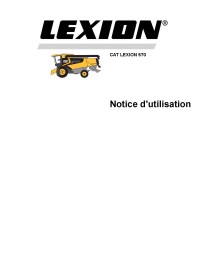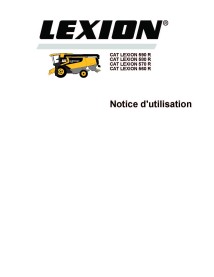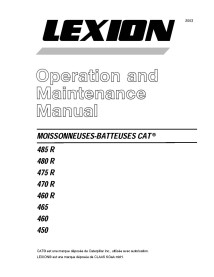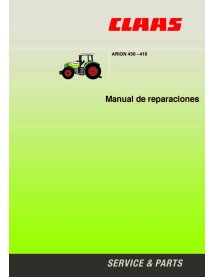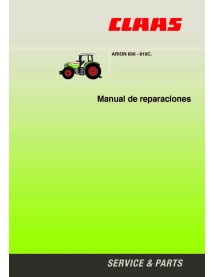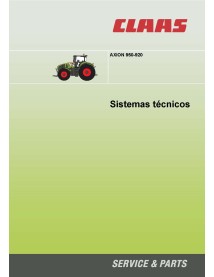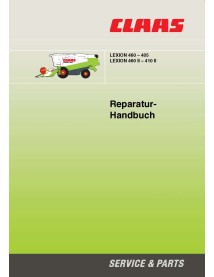1887 is considered the year of foundation of this company, which was engaged in a completely different kind of production.
The company inherited its name and trademark from the founder – Franz Claas Sr.The brothers started the development of the prototype already in 1930.
The first serious success to their enterprise came only six years later, when their harvesting device attached to the leading tractor, and in fact it was the first combine harvested in the territory of modern Europe, was liked by German farmers.
Therefore, a year later, this combine began to be produced in series. The harvester was a versatile unit that combined a mower, a thresher, and a knitting machine.
Twenty years later, a fully self-propelled combine harvester equipped with its own propulsion unit.
In 1966, the company acquired its corporate identity, decided on the color scheme of the manufactured equipment, which now painted in a light green color.
The first combine, released in a new style, was the combine model Senator.
In 1867, the Claas Markant baler released, featuring a floating rod. In total, the manufacturer produced about one hundred thirty thousand similar machines.
Already in 1969, the first forage harvesters appeared, and a year later, through the purchase of third-party producers.
In 1970, the legendary line of grain harvesting machinery called Dominator, which still exists today, was born.
In 1981, the company produces a combine, calling it Commandor. The harvester equipped with a cylinder system.
In 1992, the company moved to other continents, opening its assembly plant in India.
In 1995, the manufacturer of the technology appears modern hybrid system under the line Lexion 400 series
CLAAS launched the MEDION for the 2001 harvest. The MEDION was the successor series to the DOMINATOR with conventional threshing system.
In 2003, CLAAS unveiled the fully overhauled LEXION 500 series under the title LEXION – NEXT GENERATION. Lexion 500 series.
The LEXION 600 was launched as a top-of-the-range model in 2005. CLAAS engineers further enhanced its performance profile, making it the world’s most powerful combine harvester. In favourable conditions, the machine is capable of harvesting 60 to 70 tonnes of wheat per hour.
In 2008, CLAAS set new standards in the upper mid-range category with the development of the TUCANO. Thanks to its versatility, the TUCANO can be used on any size of farm, for virtually any kind of task.
At the same time that the new TUCANO with APS HYBRID SYSTEM was launched on the market, CLAAS unveiled an additional combine harvester model, the AVERO, at Agritechnica 2009.
2011 - The most powerful combine harvesters from the CLAAS range tread new paths: two redesigned series (the 700 and 600) have a wealth of new features, and boost productivity still further.
Search our site for a Claas manual you need
